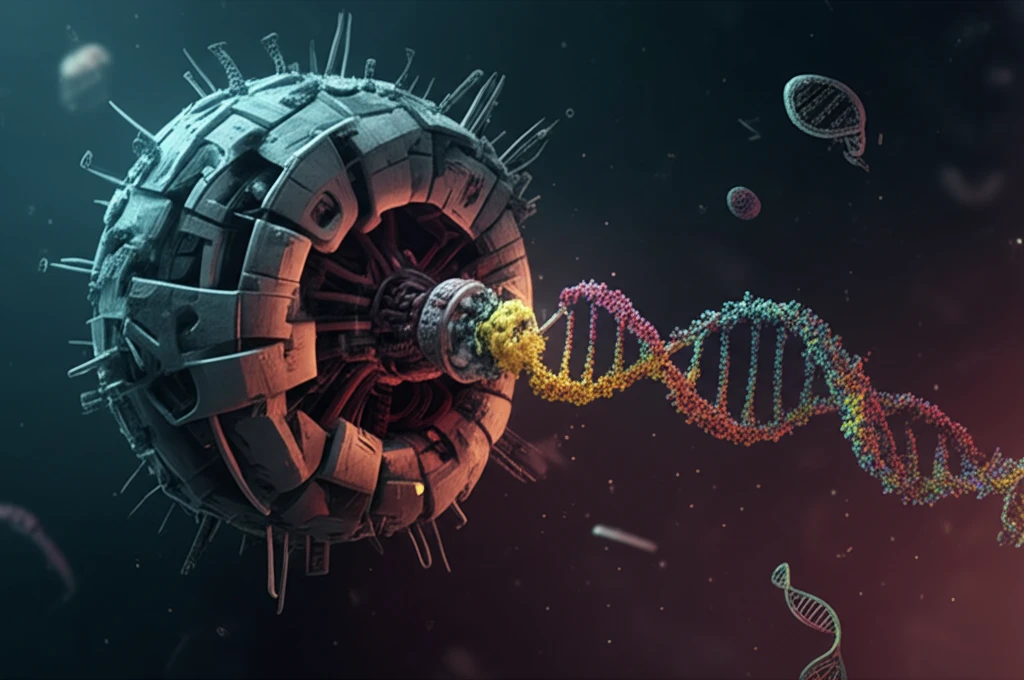
Decoding Viral RNA: How Ribosomes Remodel Genetic Messages
"Unlocking the Secrets of RNA Structure to Understand Viral Gene Regulation"
Gene expression, the process by which our cells read and use the instructions encoded in our DNA, is a tightly controlled affair. At the heart of this process lies RNA, a versatile molecule that acts as an intermediary between DNA and protein synthesis. RNA isn't just a passive carrier of information; it's an active player, capable of folding into intricate three-dimensional structures that dictate its function.
Structured RNA elements, programmed RNA conformational changes, and interactions between different RNA domains underlie many modes of regulating gene expression, mandating studies to understand the foundational principles that govern these phenomena. Viruses, masters of efficiency, often exploit these structural intricacies to hijack the host cell's machinery for their own replication.
Now, a team of scientists has delved into the complex world of viral RNA, uncovering a fascinating mechanism by which ribosomes, the protein-synthesizing workhorses of the cell, can physically reshape viral RNA structure. This discovery, focused on the turnip yellow mosaic virus (TYMV), sheds light on how viruses fine-tune gene expression and opens up new avenues for antiviral drug development.
How Do Ribosomes Change RNA Structure?

The study focuses on the 3'-untranslated region (UTR) of TYMV RNA, a region that doesn't code for proteins but plays a crucial role in regulating translation, the process of protein synthesis. The researchers discovered that the 3'-UTR acts as a sensor, responding to the presence of ribosomes by undergoing conformational changes.
- Ribosome-Induced Changes: The arrival of a ribosome near the UPD causes it to unfold.
- Communication Conduit: This unfolding propagates through a "spine" of continuously stacked bases to the TLS.
- Translation Adjustment: The TLS, in turn, adjusts translation efficiency based on the status of the UPD.
Why Is This Important?
This research provides a crucial understanding of how viruses manipulate RNA structure to control gene expression. By uncovering the interplay between ribosomes and viral RNA, scientists can now explore new strategies for disrupting viral replication. Imagine developing antiviral drugs that target the flexible linker between the UPD and TLS, preventing the ribosome from triggering the necessary structural changes. Or perhaps, designing molecules that stabilize the UPD, keeping the TLS in an 'off' state, effectively silencing viral protein production. The possibilities are vast, and this study serves as a critical stepping stone towards innovative antiviral therapies.
